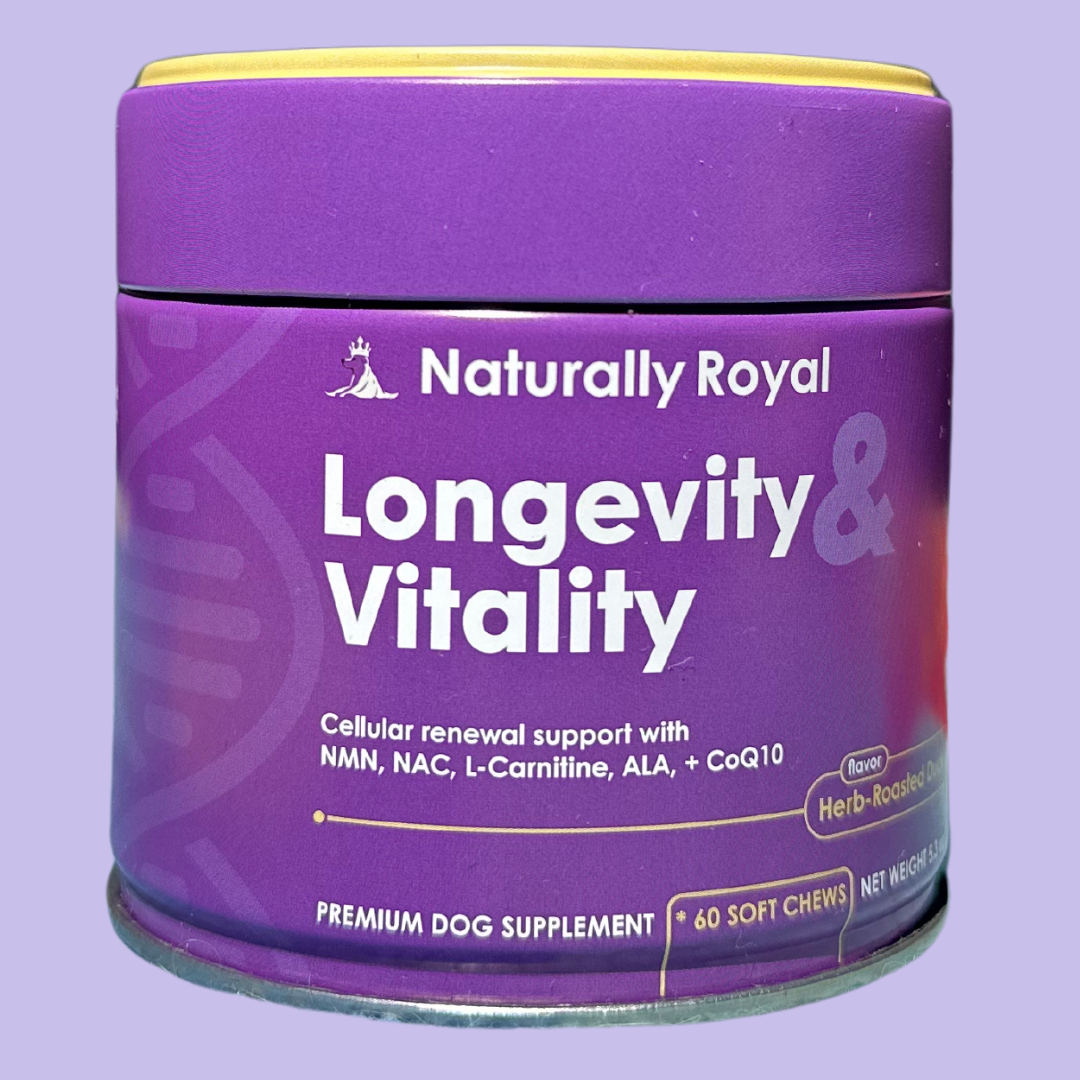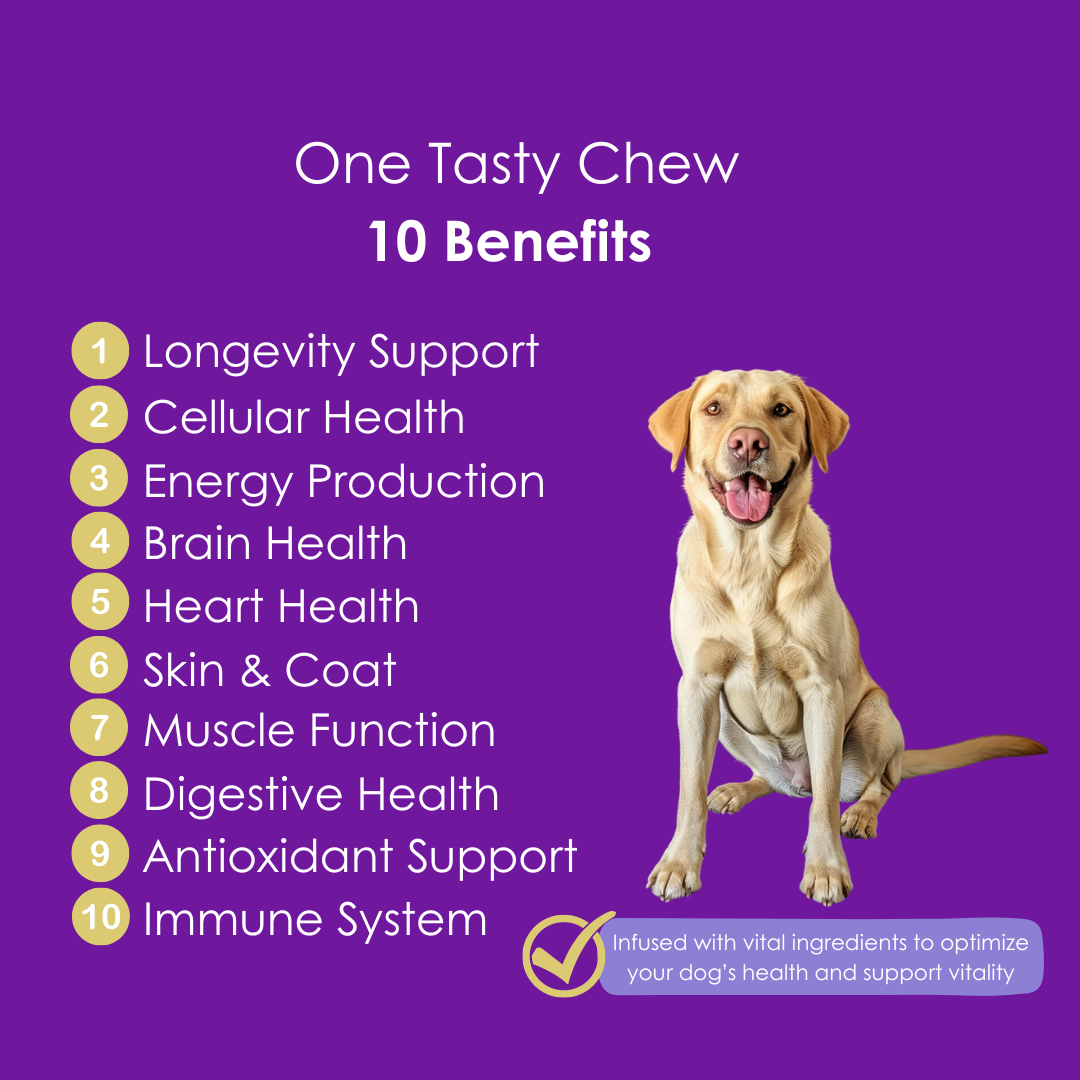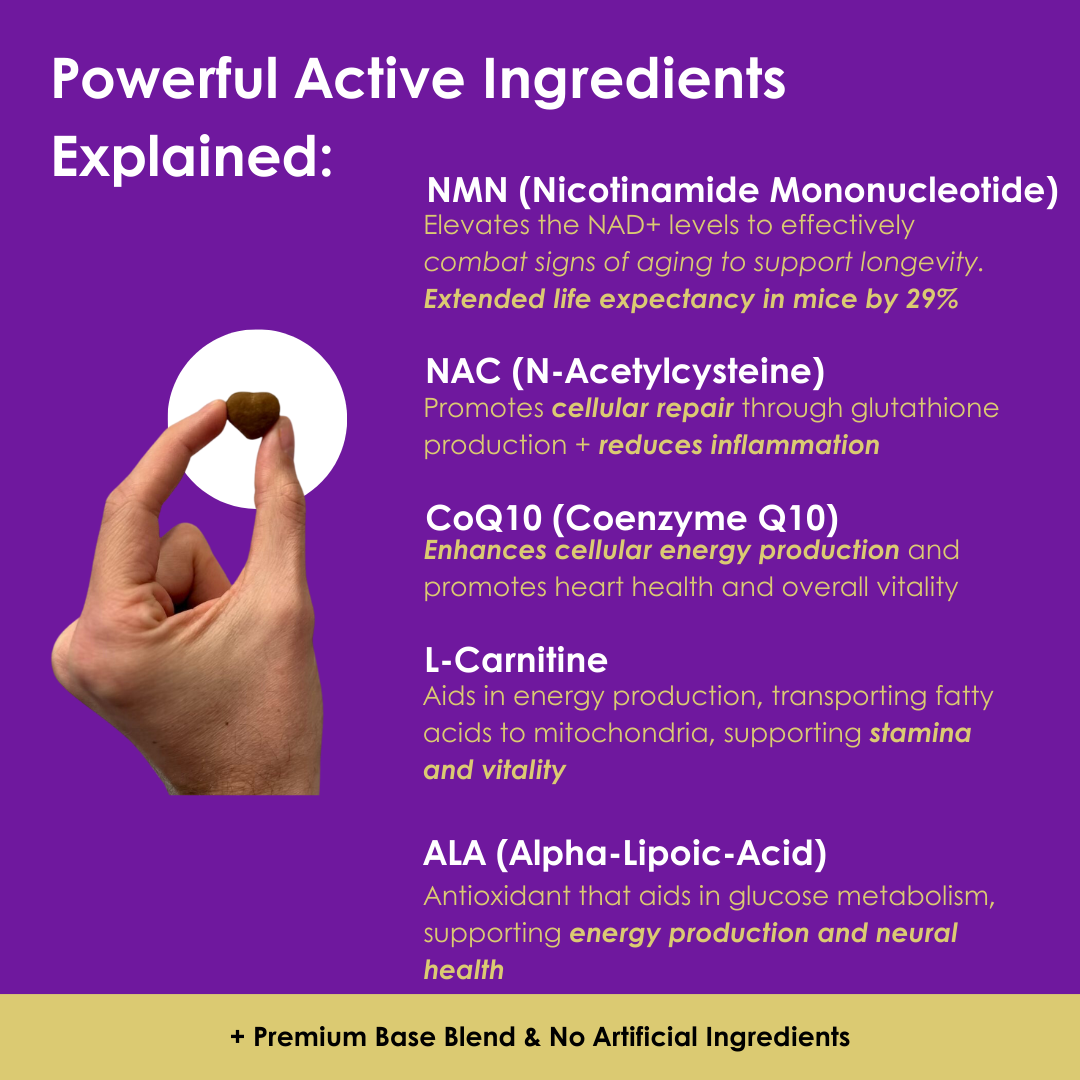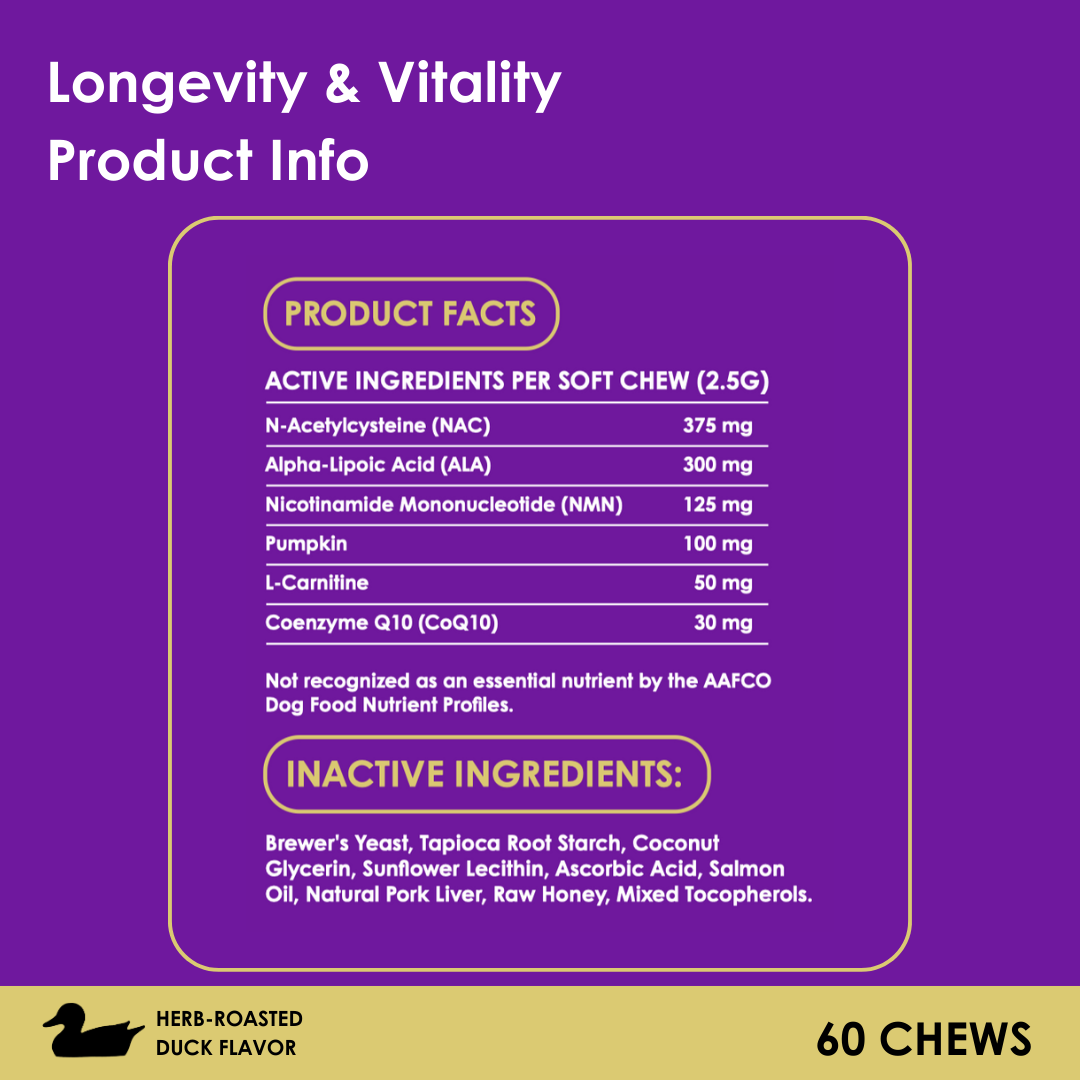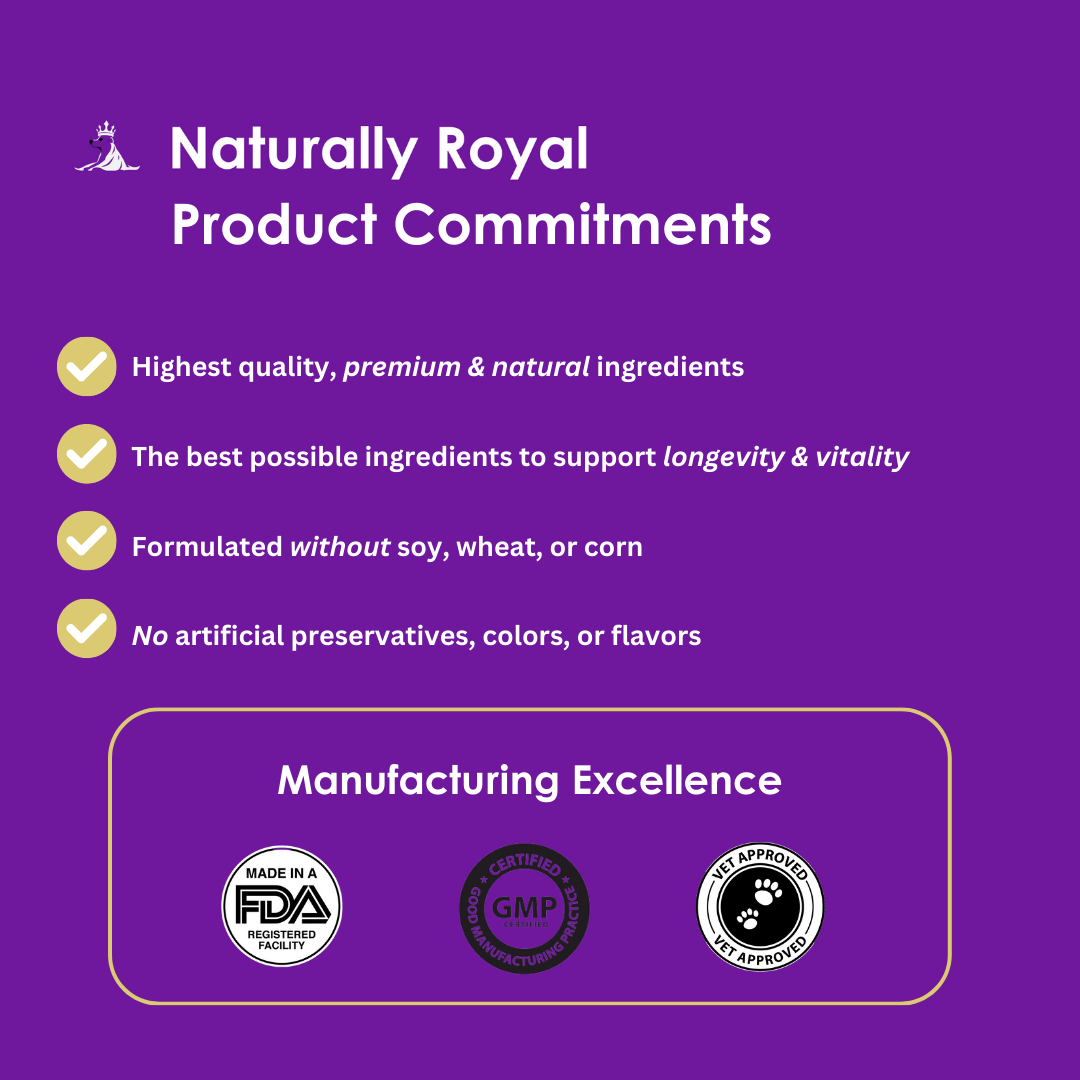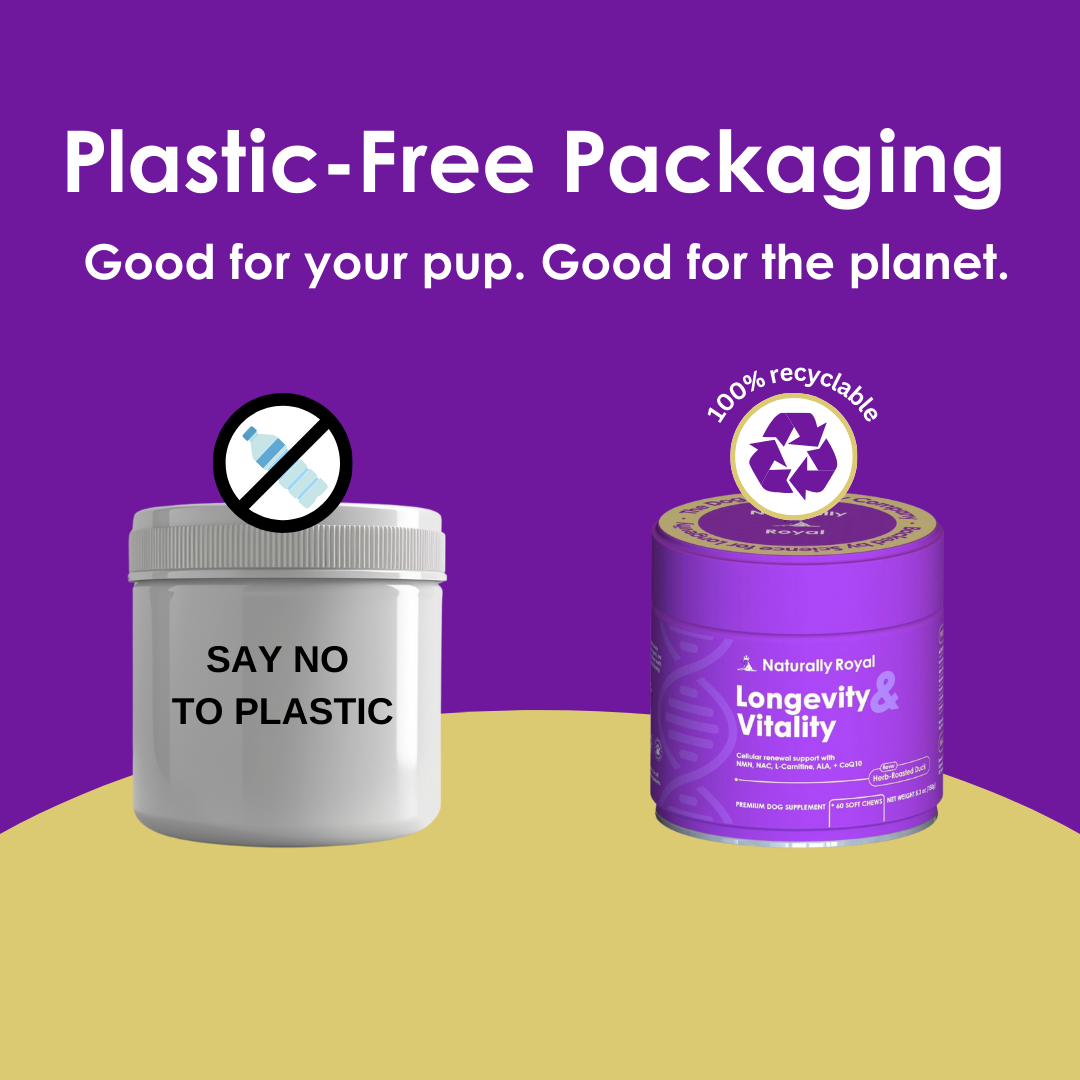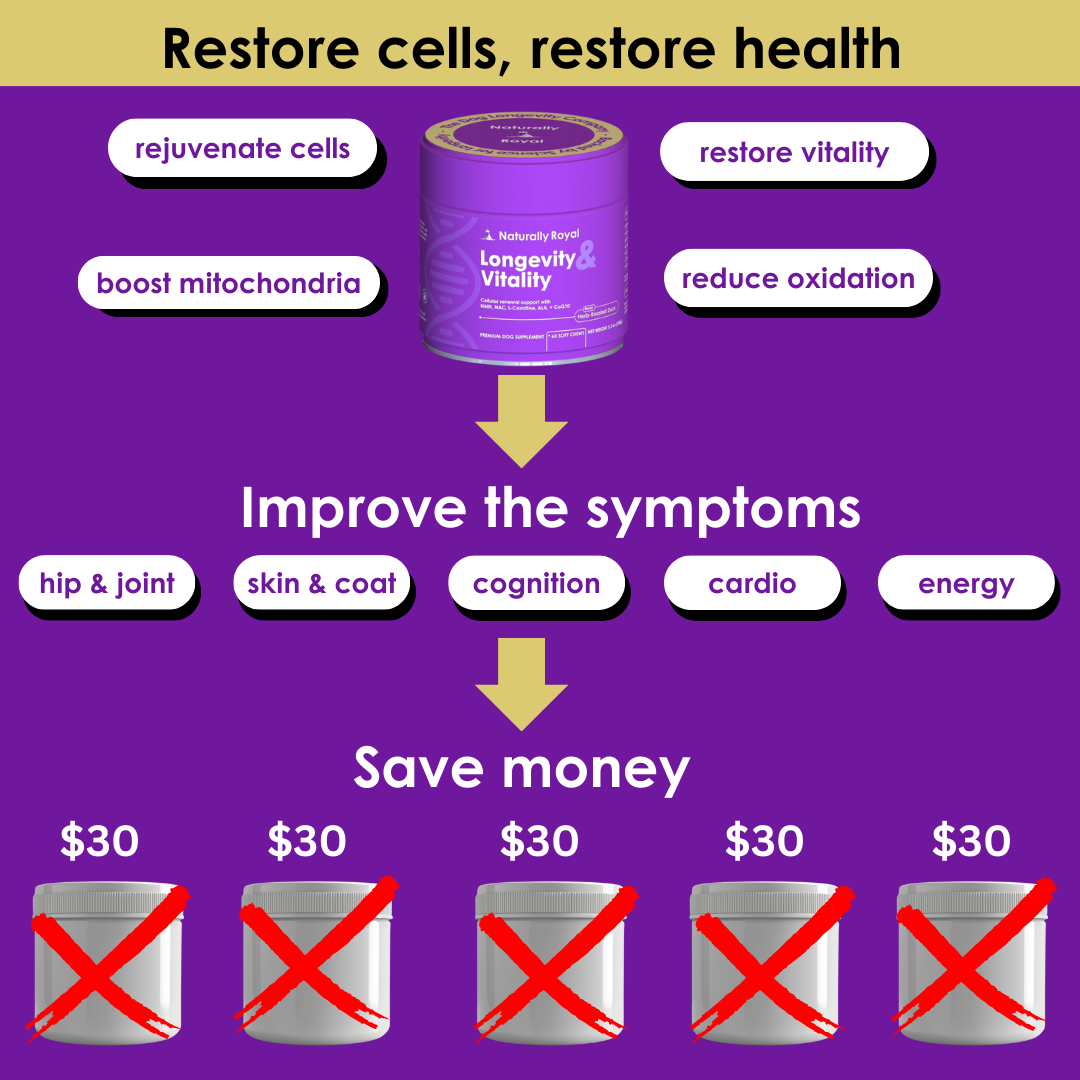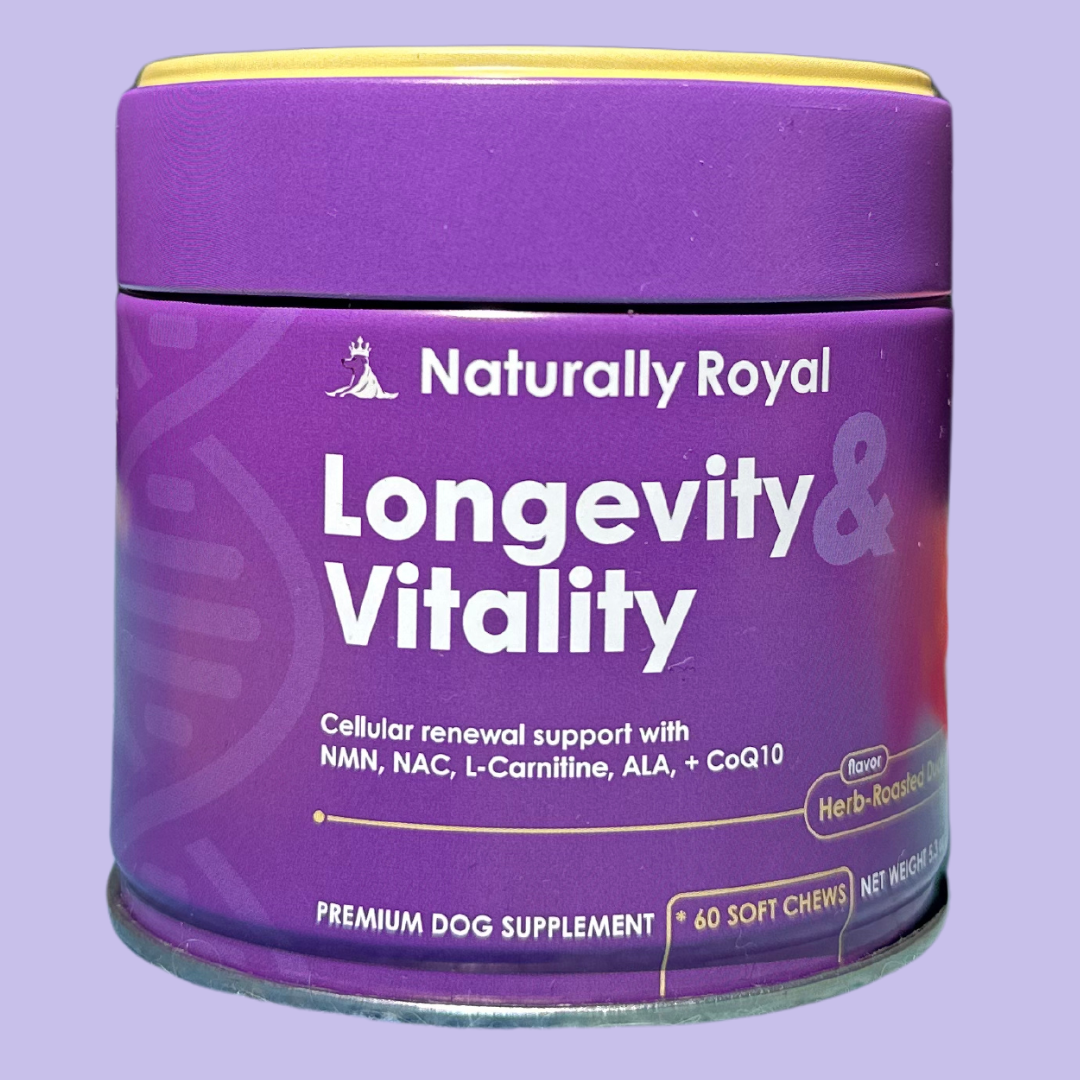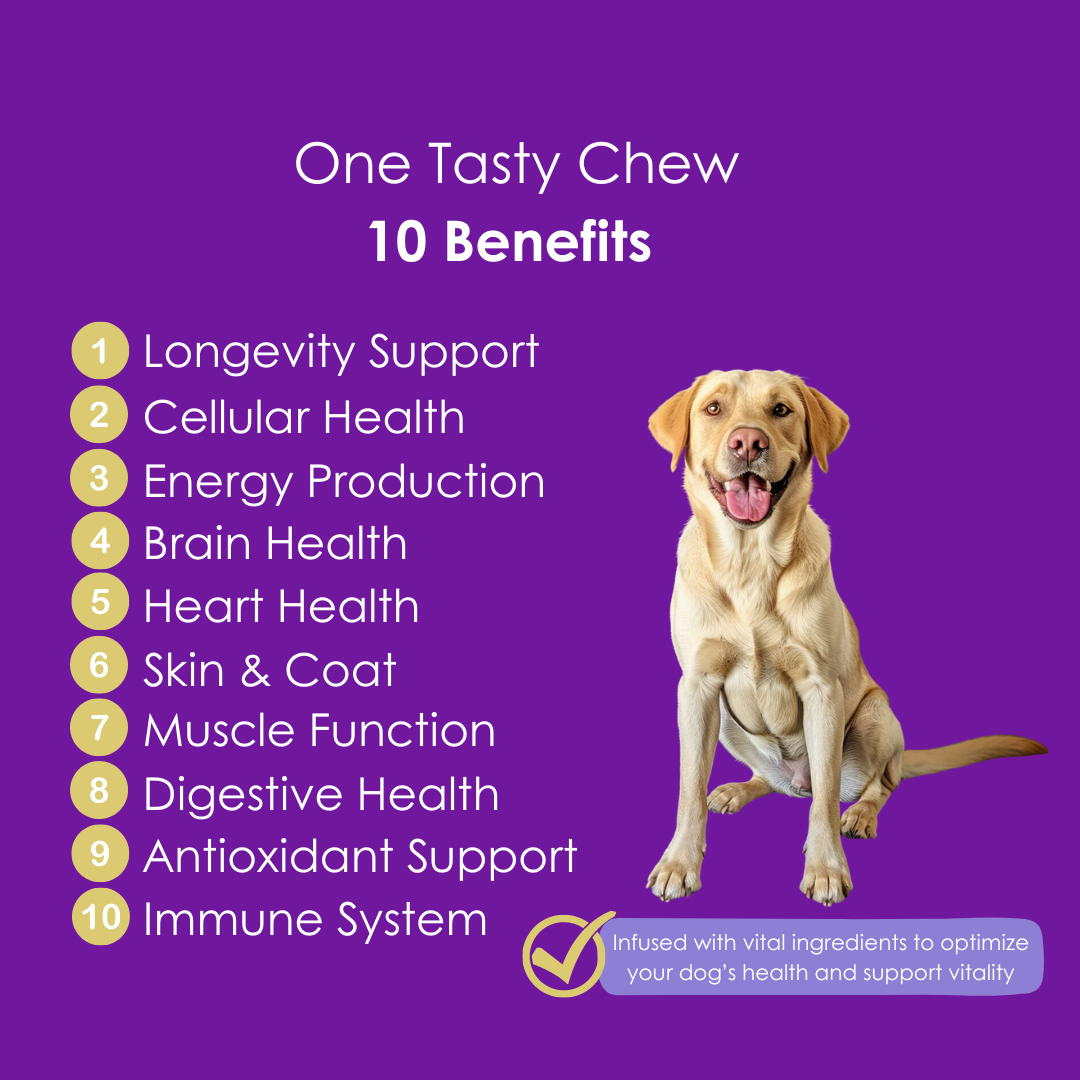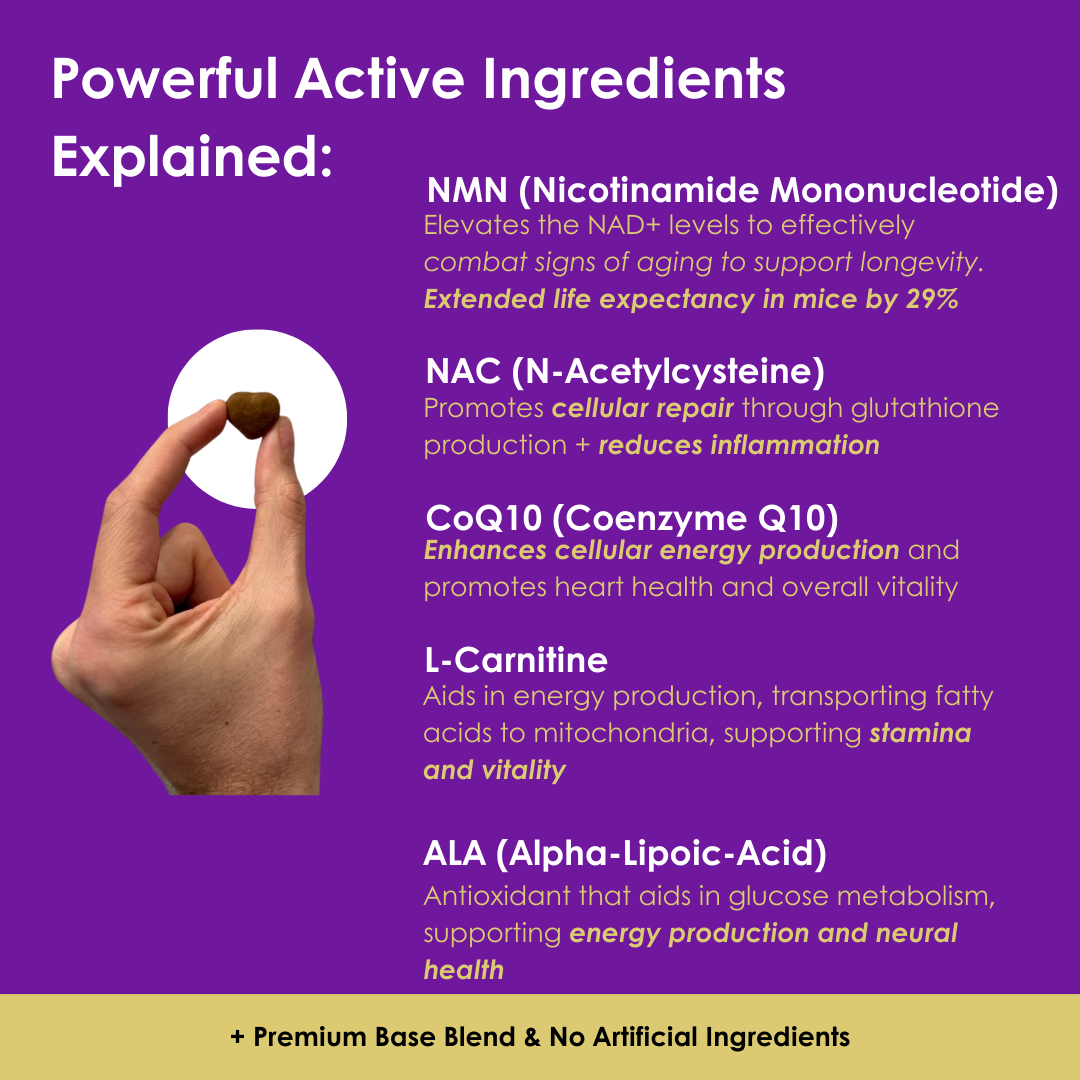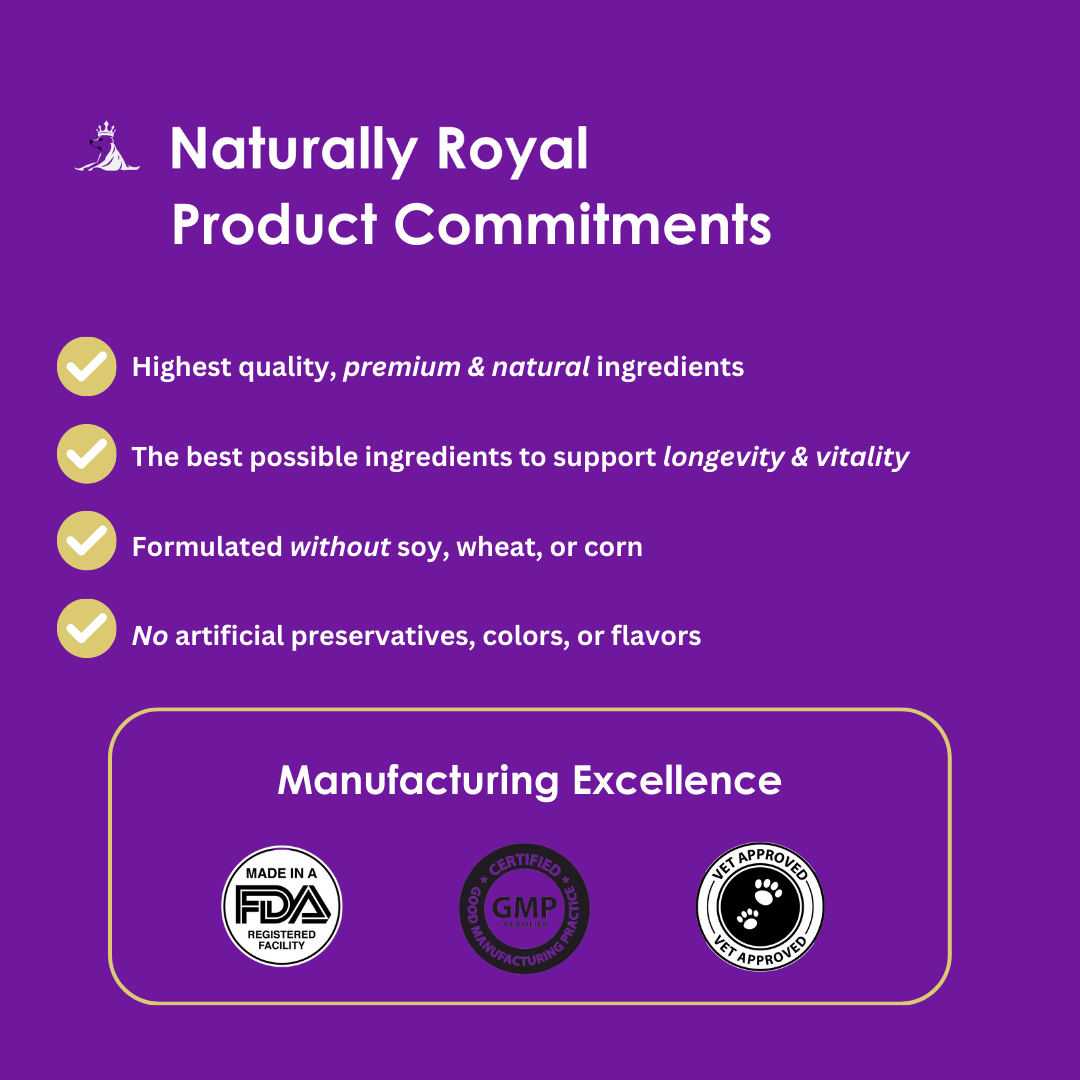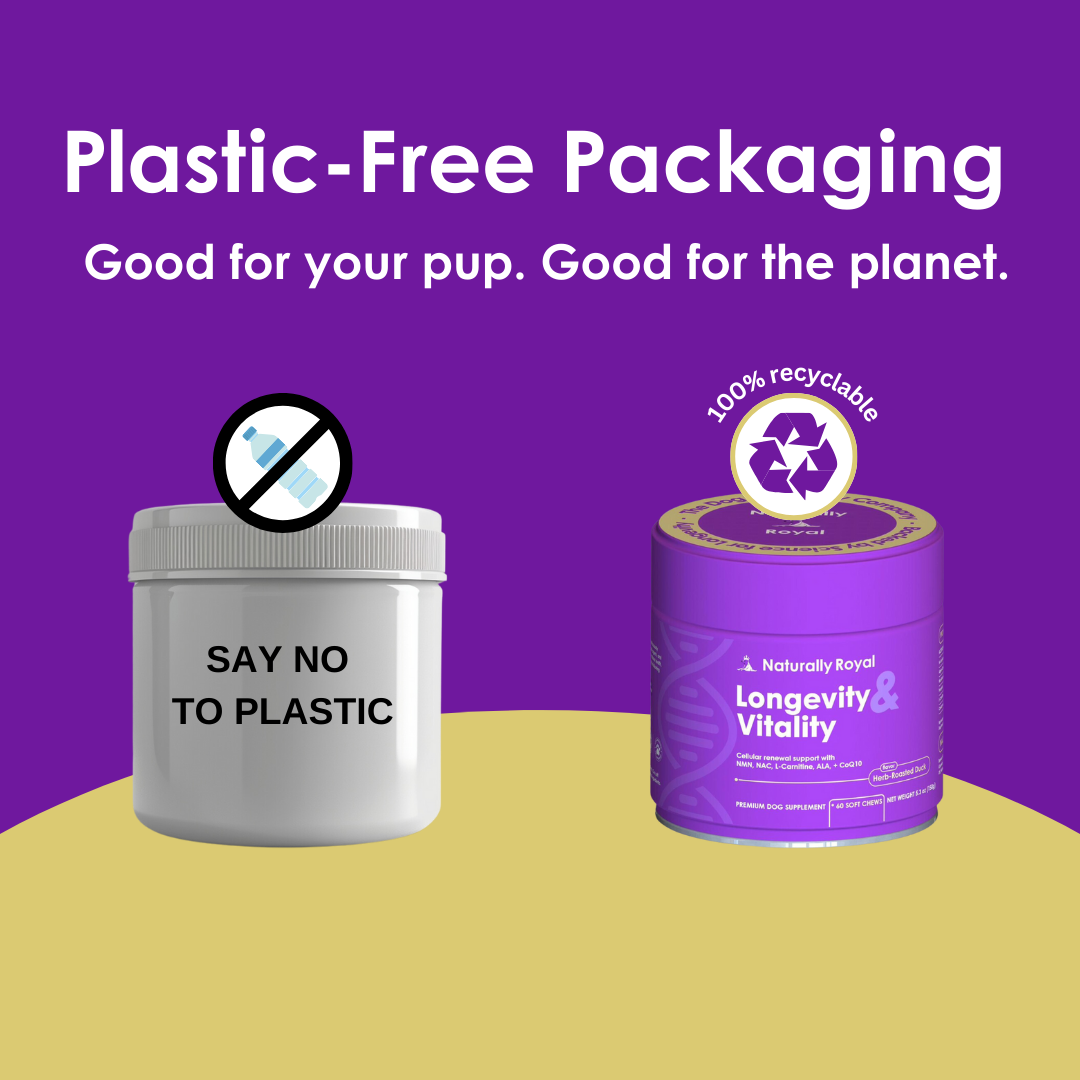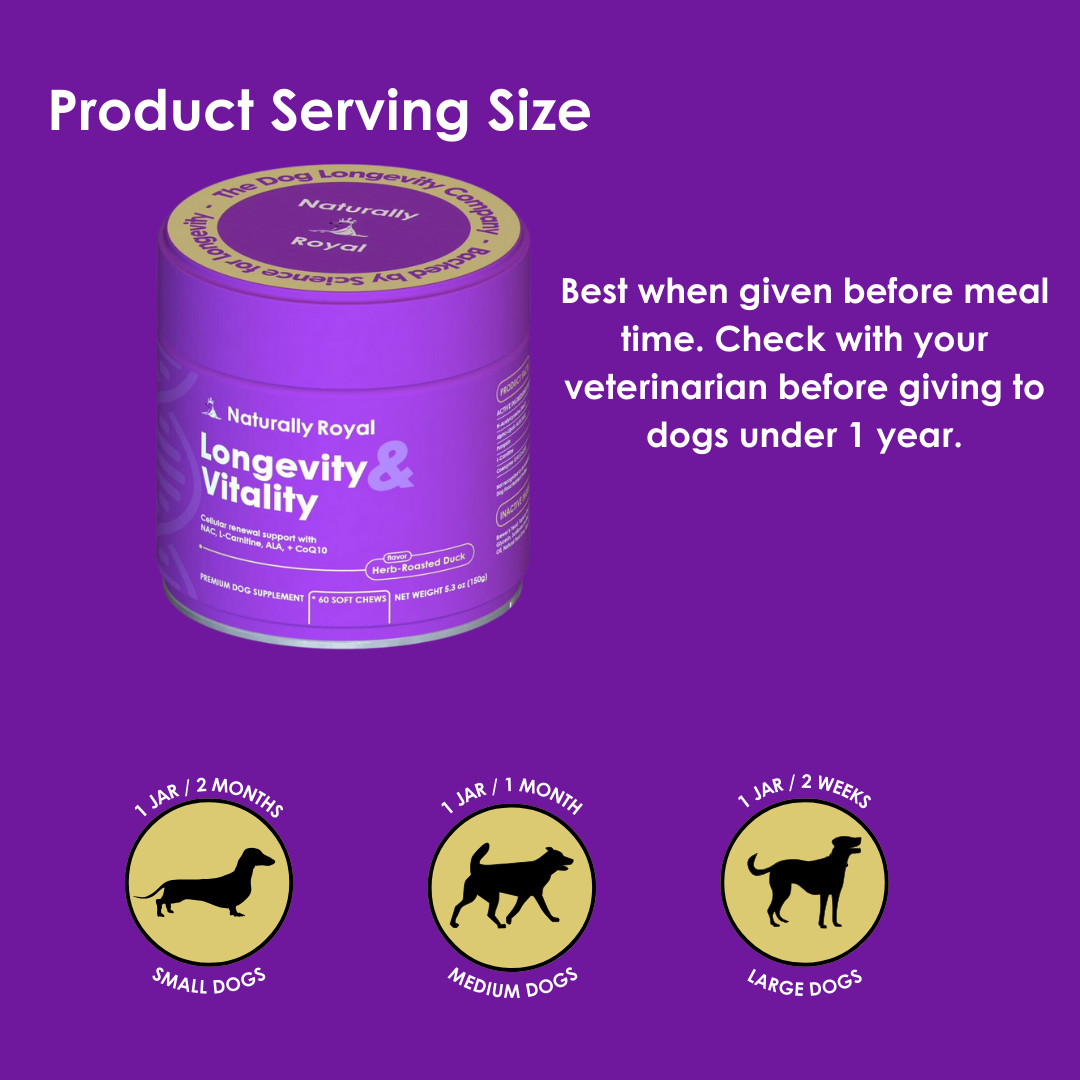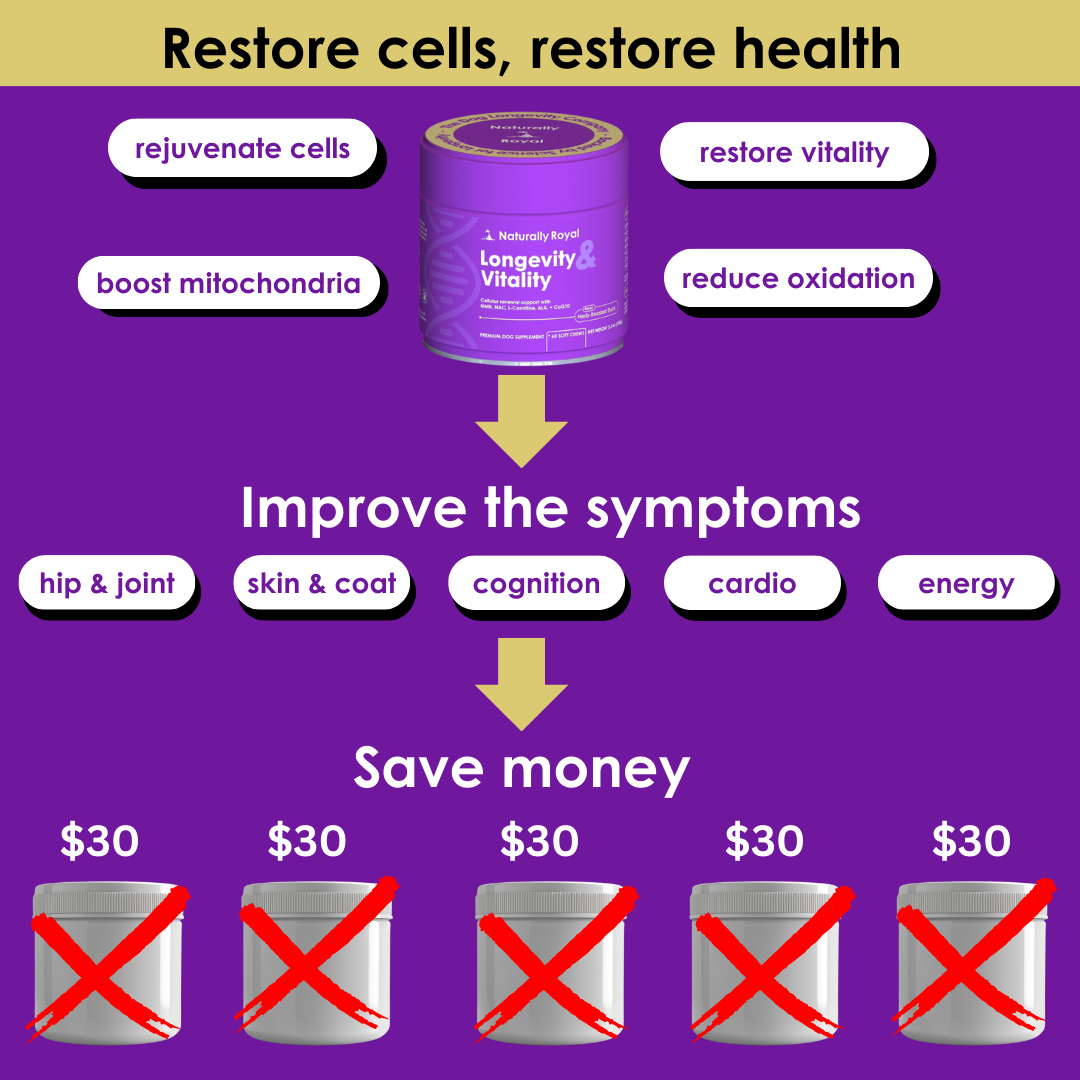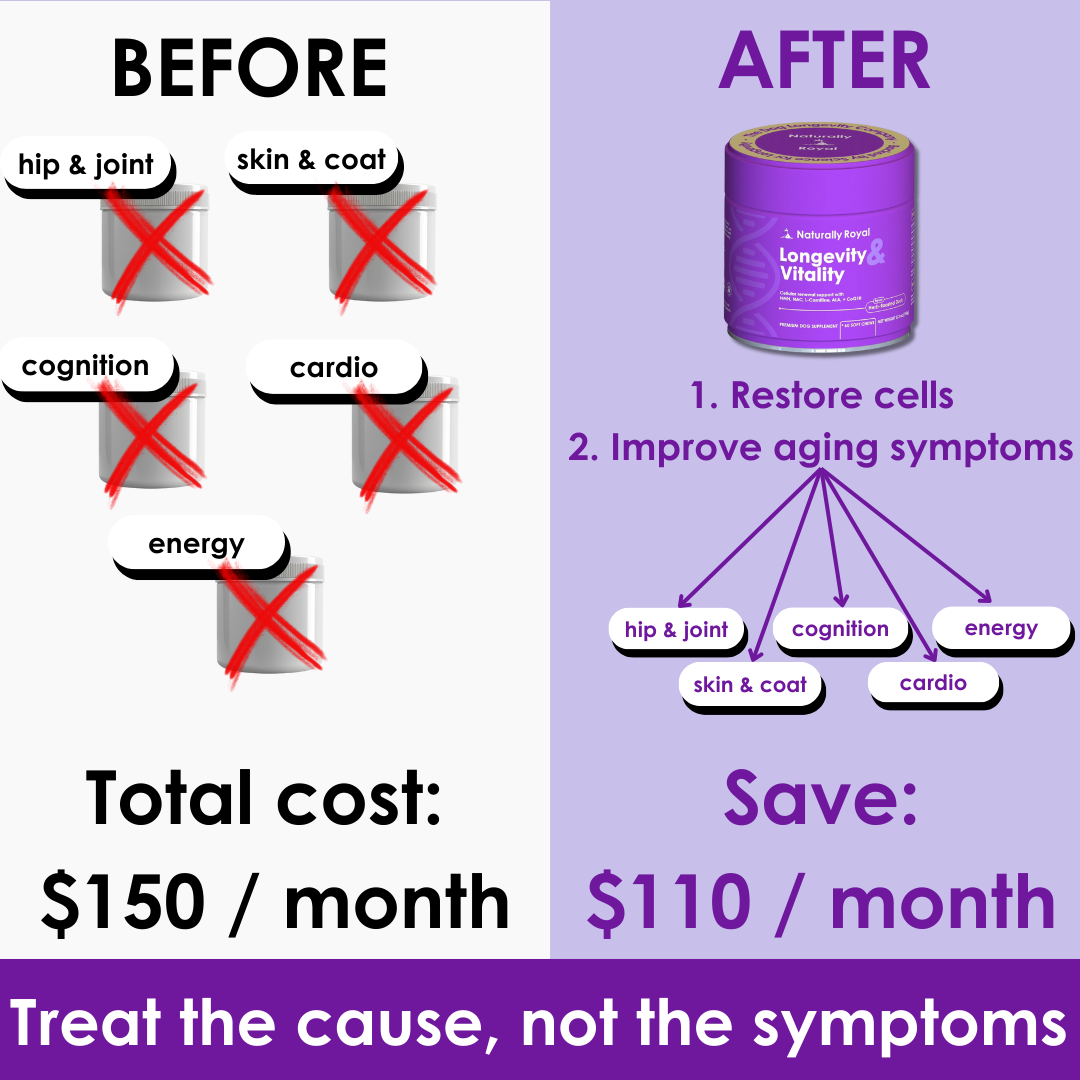What's Wrong with Kibble?
Wait -- there's a problem with kibble? Yes and no. Let's discuss why.
Kibble, the go-to dog food choice for many dog parents due to its convenience and affordability, has sparked debates about its impact on our dogs' health and longevity. While not all kibble is bad, understanding its potential downsides is crucial for ensuring your dog leads a long, healthy life.
The Downsides of Kibble
1. Processing: The high-temperature processing required to make kibble destroys many natural nutrients found in the raw ingredients. This often necessitates the addition of synthetic vitamins and minerals to replace what was lost, which may not be as beneficial for your dog's health.
2. Questionable Ingredients: Some kibble brands use low-quality ingredients, including meat by-products, fillers like corn and wheat, and artificial colors and flavors. These ingredients offer little nutritional value and can be hard for dogs to digest. They also may contribute to allergies and other health issues.
3. High Carbohydrate Content: Kibble is often packed with carbohydrates to bind the pellets together. Dogs have no nutritional requirement for carbohydrates, and excessive carb intake can lead to obesity, diabetes, and other health problems affecting longevity.
4. Lack of Moisture: Kibble is dry food, and its low moisture content can lead to dehydration, especially if a dog doesn't drink enough water. Chronic mild dehydration can contribute to kidney stress and urinary tract problems over time.
What are the Healthier Alternatives?
1. Fresh, Whole Food Diets: These diets include raw or gently cooked meats, vegetables, and fruits, providing a balanced diet close to what dogs would eat in the wild. Fresh diets maintain the integrity of nutrients without the need for high-temperature processing.
2. Freeze-Dried Raw Foods: Freeze-drying preserves the nutritional content of raw ingredients without the need for preservatives. This process retains the benefits of a raw diet while offering the convenience of kibble.
3. High-Quality Canned Foods: Look for canned foods with high meat content and minimal fillers. These often contain more moisture than kibble, helping with hydration.
4. Homemade Diets: Preparing your dog's food at home allows you to control the ingredients, ensuring they're fresh and high-quality. However, it's important to consult with a veterinary nutritionist to ensure the diet is balanced.
Tips for Transitioning
- Research: Investigate the best dietary options for your dog's age, breed, and health status.
- Gradual Transition: Slowly introduce new food types over several weeks to avoid gastrointestinal upset.
- Consult Professionals: Always consult with a veterinarian or a canine nutritionist before making significant changes to your dog's diet.
While kibble can be a convenient feeding option, its potential impact on health and longevity cannot be ignored. By exploring healthier alternatives and choosing high-quality ingredients, you can support your dog's well-being and help them live a longer, happier life. The best diet for your dog is one that meets their individual nutritional needs and supports their overall health.


